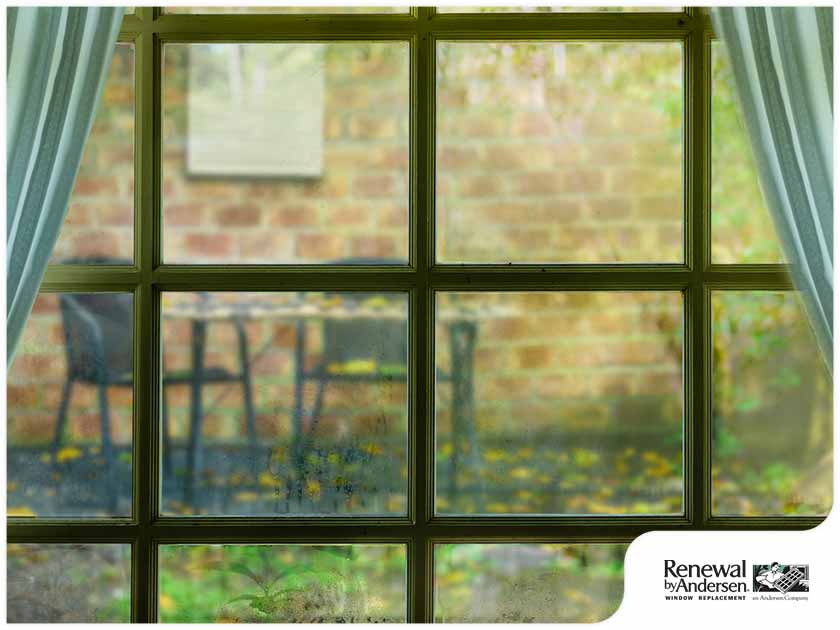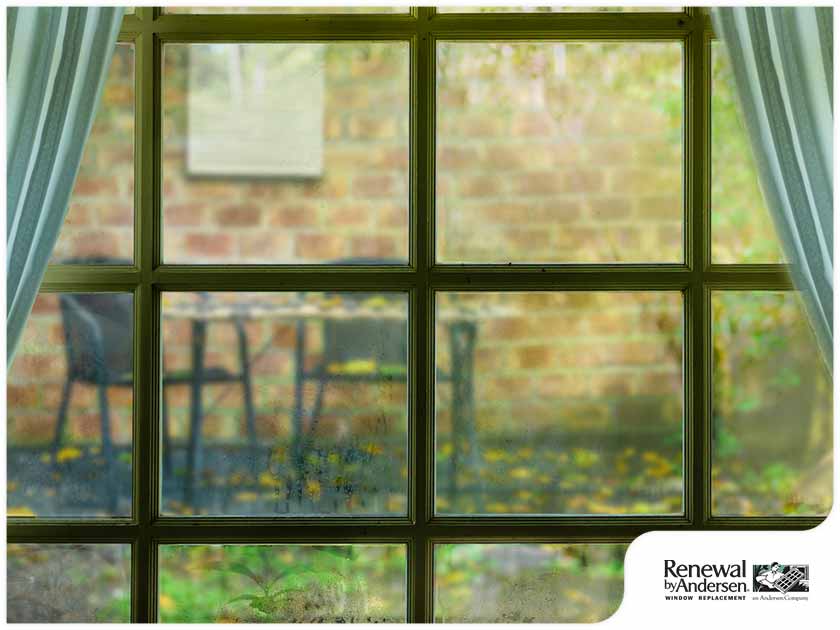

When it comes to energy-efficient windows, you’ll likely expect condensation to form on them during winter. This usually happens when warm, moist air from your home’s interiors suddenly hits a cold surface like your windows. However, this can also be an indication of excess humidity levels in your home.

While you might assume that condensation and humidity forming on a window means your home is well-heated, this is actually a sign that warm air is being transferred out in exchange for cold air coming into your home. If you have older windows, you’ll see condensation forming on them more often. This doesn’t make your home energy-efficient during the season because the warm air keeps escaping through the old windows.
If your home has high humidity levels, it can cause several damaging and costly problems, such as rot on your wooden furniture, stains on walls and ceilings, mold and mildew growth, buckling floors and peeling paint. To keep the condensation levels to a minimum, you first need a hygrometer to determine the ideal humidity levels for your home. Then, you can increase ventilation with regular use of exhaust fans or opening your windows (if the weather’s ideal) to allow moist air to escape your home.
Making your system work harder just to keep the indoor temperatures more comfortable can become costly in the long run. You might do better to invest in new windows. If you want to save more on your monthly utility bill, make sure to hire professional window replacement companies to install your new windows. And, if you have yours installed from us, you can be confident of the efficiency that our window products deliver. You won’t have to worry about condensation or even warm air escaping your home.
You can trust Renewal by Andersen® Midwest to install your windows with speed and efficiency. Call us today at (866) 609-5033, or fill out our convenient contact form. Talk to us today!